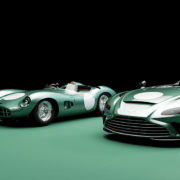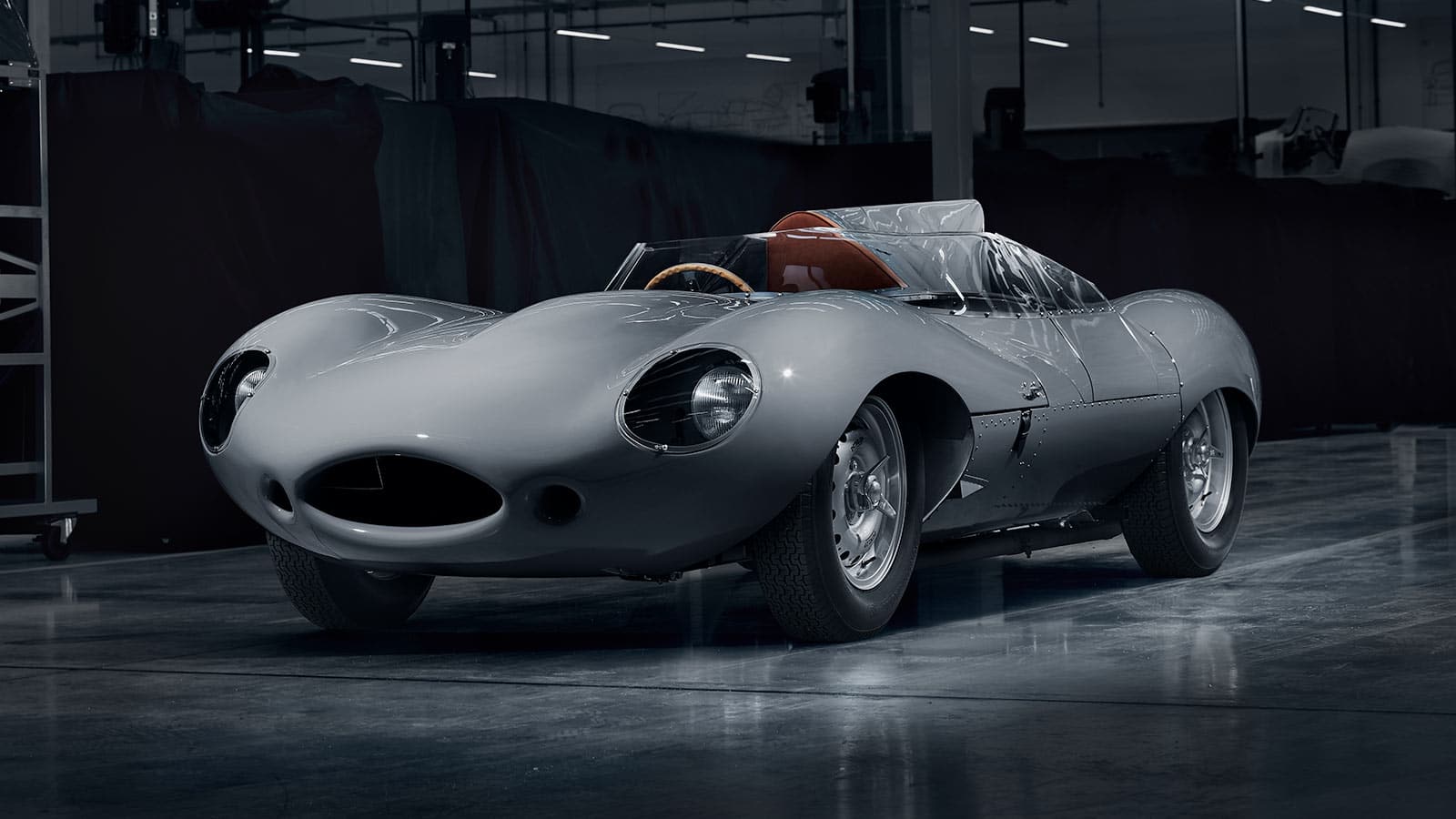Cadillac Reveals Project GTP Hypercar
Project GTP Hypercar previews design of 2023 IMSA and WEC race car
Cadillac today revealed the Project GTP Hypercar that previews the third-generation prototype race car from the American luxury brand. In 2023, Cadillac will contest the IMSA WeatherTech SportsCar Championship and the FIA World Endurance Championship, including the 24 Hours of Le Mans.
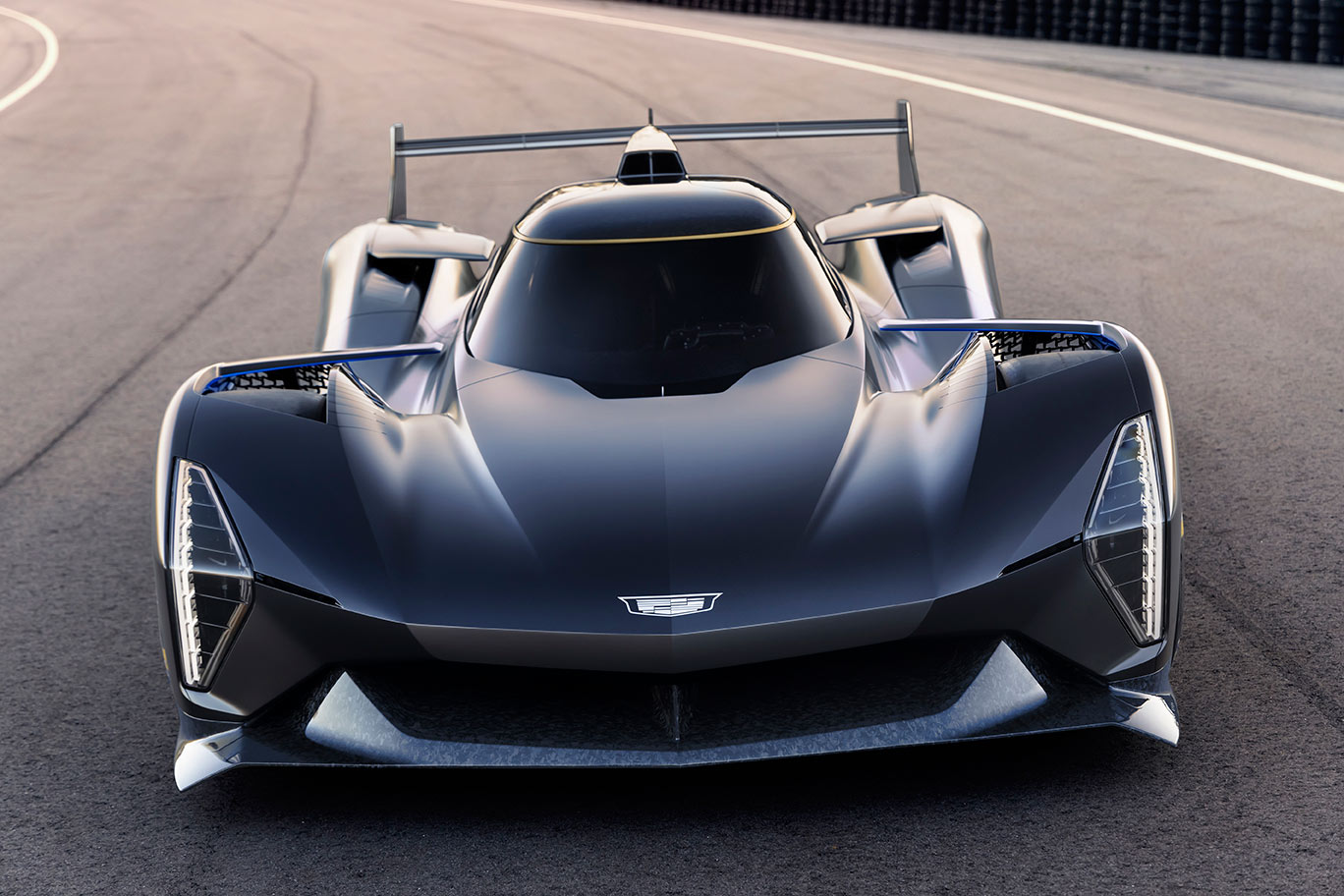
Cadillac Reveals Project GTP Hypercar
Project GTP Hypercar previews design of 2023 IMSA and WEC race car
“Cadillac will be competing again on the world racing stage, and we are all thrilled to return to Le Mans after 20 years,” said Global Cadillac Vice President Rory Harvey. “By competing in both the 2023 IMSA and WEC championships, Cadillac Racing has the opportunity to demonstrate its capability, craftsmanship and technology.”
Codeveloped by Cadillac Design, Cadillac Racing and Dallara, the Project GTP Hypercar incorporates key brand design characteristics. Elements of the brand’s heritage such as vertical lighting and floating blades are present throughout and connect the Project GTP Hypercar to the future of Cadillac.

Cadillac Reveals Project GTP Hypercar
“The Project GTP Hypercar is a unique convergence of form and function and showcases Cadillac’s future performance aesthetic,” said Chris Mikalauskas, lead exterior creative designer, Cadillac. “We have plenty more to come, from the upcoming race car to amazing production vehicles.”
Since 2017, Cadillac has been competing at the forefront of American sports car racing in the IMSA manufacturers championship achieving numerous wins, podiums and championships in the Cadillac DPi-V.R.
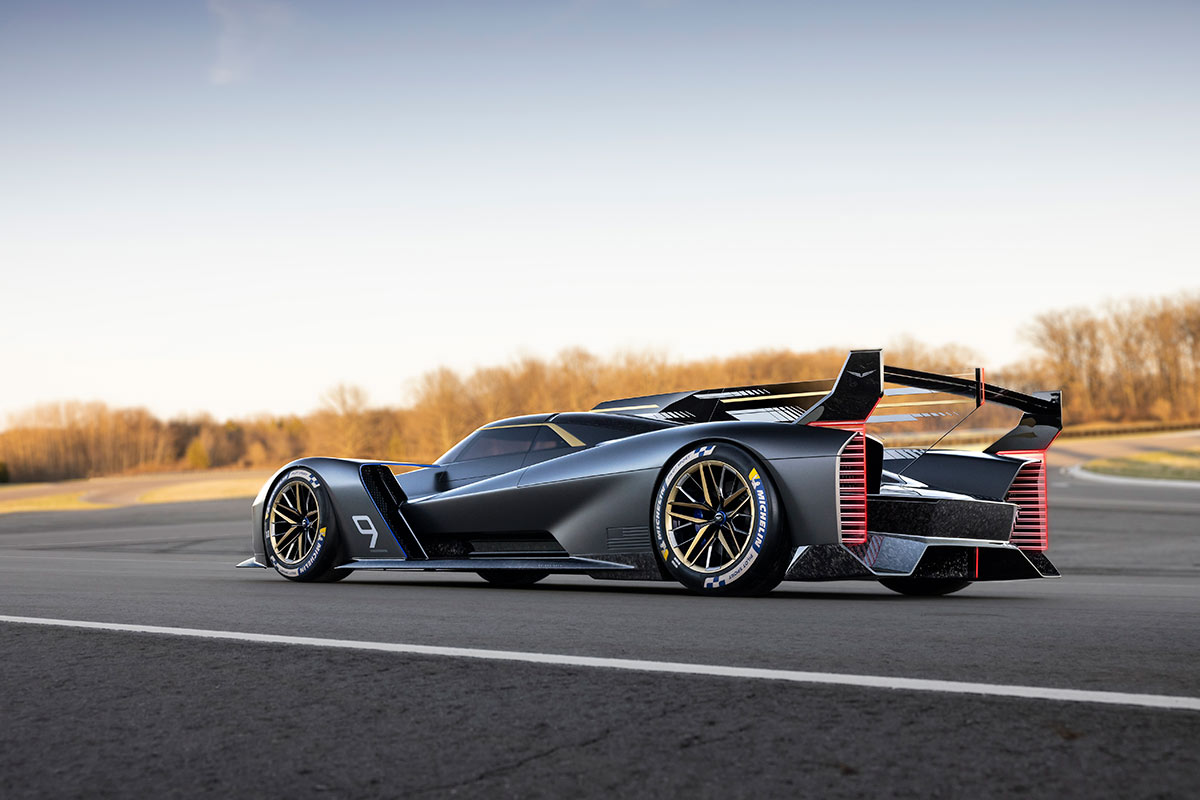
Cadillac Reveals Project GTP Hypercar
“Competing for the overall win at Le Mans with an iconic American brand like Cadillac is an honor,” said Laura Wontrop Klauser, GM sports car racing program manager. “The entire team is excited to continue building Cadillac’s racing legacy by competing against the very best internationally and in the world’s toughest race.”
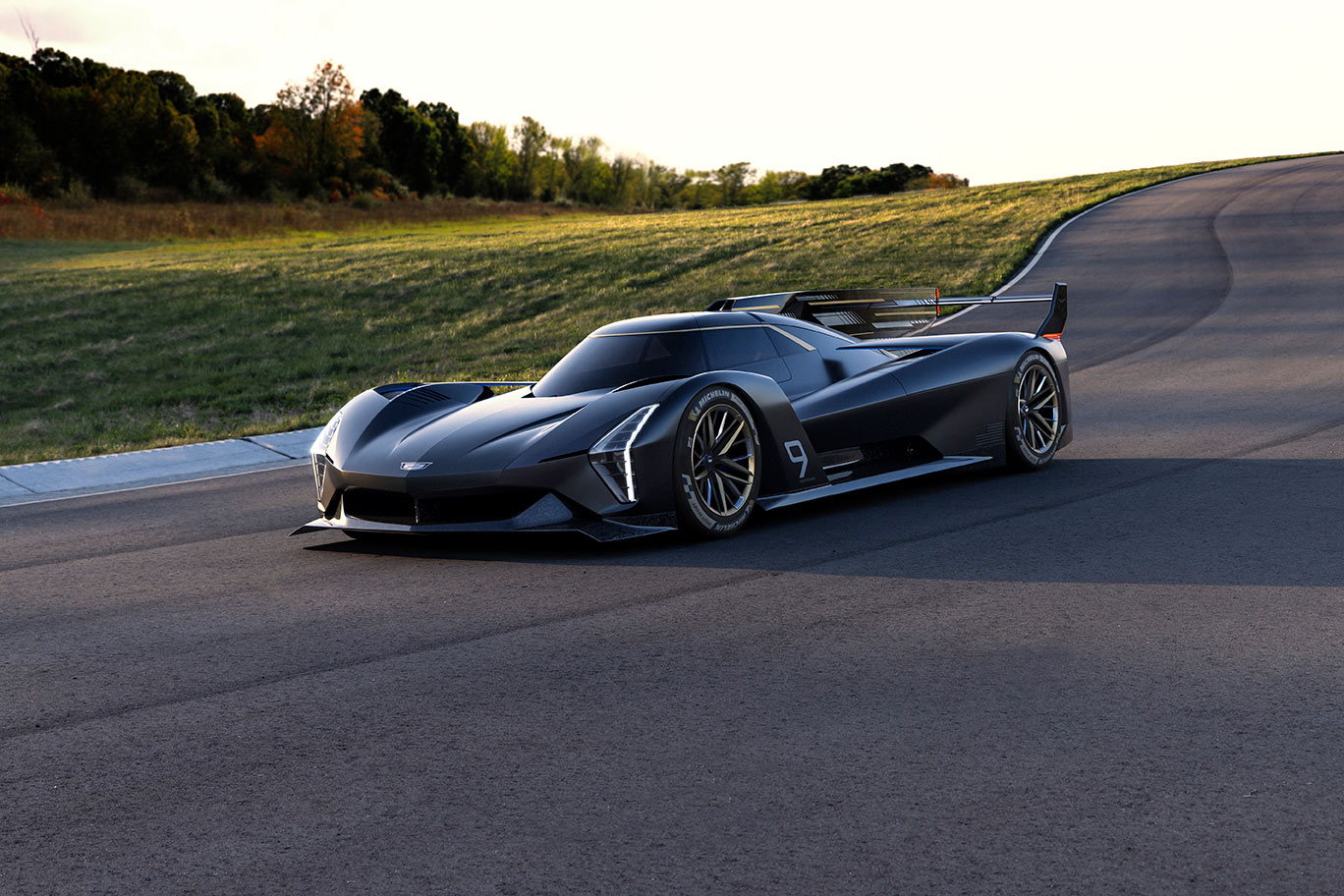
Cadillac Reveals Project GTP Hypercar
The new race car will be powered by an all-new 5.5L DOHC V-8 that will be paired to the LMDh common hybrid system.
Cadillac’s commitment to performance is embodied in the V-Series portfolio. Its recent expansion includes the CT4-V and CT5-V sport sedans, Escalade-V as well as the track-capable CT4-V Blackwin1 and CT5-V Blackwing.
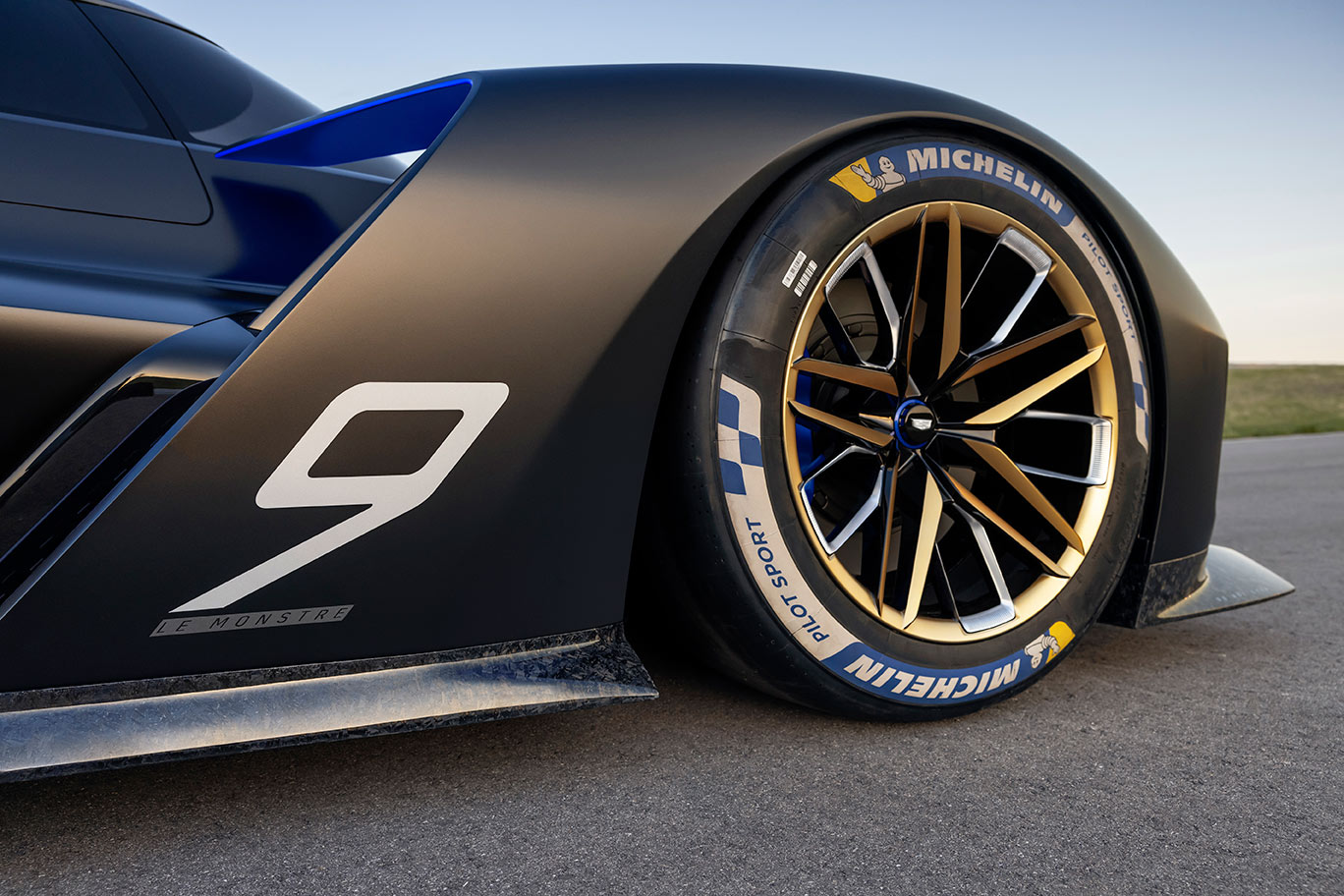
Cadillac Reveals Project GTP Hypercar
The race car will begin on-track testing this summer and first race at the Rolex 24 at Daytona in 2023.

Cadillac Reveals Project GTP Hypercar
Recent Cadillac Racing achievements include:
- Winning the IMSA WeatherTech SportsCar Championship three times: 2021, 2018 and 2017
- Winning the Rolex 24 at Daytona four times in a row: 2020, 2019, 2018 and 2017
- Winning the Michelin North American Endurance Cup four times: 2020, 2019, 2018 and 2017
- Prior to competing in the IMSA WeatherTech SportsCar Championship, Cadillac competed in the Pirelli World Challenge Championship, earning five Manufacturer’s Championships (2014, 2013, 2012, 2007, 2005), and five Driver’s Championships (2015, 2014, 2013, 2012, 2005).
1Limited availability



